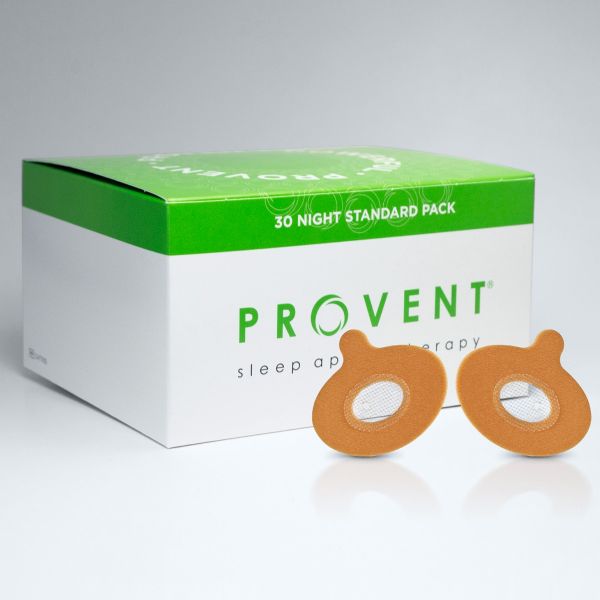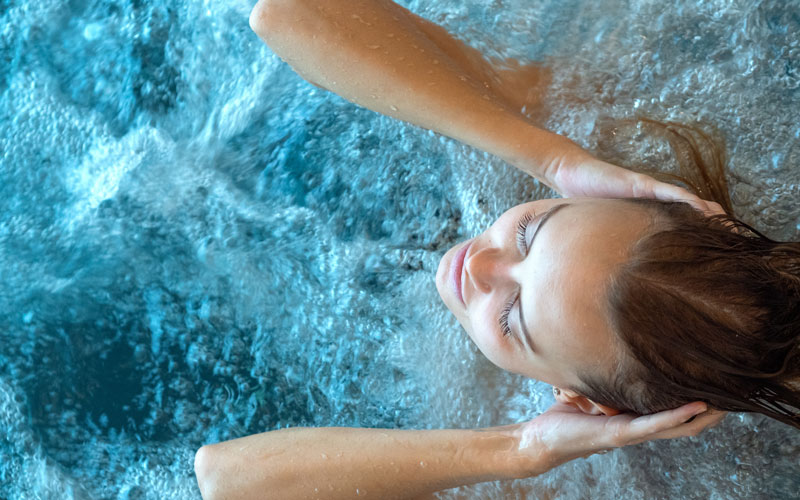Advanced Sleep Therapy - Attain Deep, Relaxed Sleep
Advanced Sleep Therapy - Attain Deep, Relaxed Sleep
Blog Article
Reliable Therapy Solutions for Handling Rest Disorders and Enhancing Relaxed Rest
In the realm of medical care, the administration of rest disorders and the pursuit for peaceful sleep are critical parts of general well-being. As we navigate the complex landscape of rest conditions and seek to enhance our sleep experience, a much deeper understanding of these therapy solutions may hold the key to opening a much more rejuvenating and fulfilling corrective trip.
Cognitive Behavioral Therapy for Sleep Problems (CBT-I)
Cognitive Behavioral Therapy for Insomnia (CBT-I) is a structured, evidence-based therapy method that concentrates on resolving the hidden factors adding to sleep disruptions. This sort of treatment intends to change actions and ideas that exacerbate insomnia, inevitably promoting healthy and balanced rest patterns. CBT-I usually involves several essential elements, consisting of cognitive treatment, sleep limitation, stimulus control, and rest hygiene education and learning.
Cognitive treatment helps individuals determine and alter negative thought patterns and beliefs about rest that might be hindering their capacity to drop or stay asleep. Rest restriction includes restricting the amount of time invested in bed to match the person's real rest period, therefore raising rest effectiveness (sleep deprivation help). Stimulation control methods assist establish a strong organization between the bed and sleep by urging people to visit bed just when drowsy and to stay clear of involving in boosting tasks in bed
Moreover, sleep health education and learning concentrates on developing healthy and balanced rest routines, such as preserving a regular sleep schedule, developing a relaxing bedtime regimen, and maximizing the rest environment. By dealing with these factors comprehensively, CBT-I supplies an efficient non-pharmacological treatment for managing sleep problems and improving total sleep quality.
Rest Hygiene Practices
Having developed the foundation of cognitive restructuring and behavioral modifications in addressing sleeping disorders through Cognitive Behavioral Treatment for Sleeplessness (CBT-I), the emphasis now changes towards exploring important Rest Health Practices for preserving ideal sleep quality and total wellness.
Sleep hygiene methods incorporate an array of practices and environmental variables that can dramatically influence one's capacity to drop off to sleep and remain asleep throughout the night. Constant sleep and wake times, producing a relaxing bedtime routine, and maximizing the rest setting by keeping it dark, peaceful, and cool are essential elements of great rest hygiene. Limiting direct exposure to screens before bedtime, staying clear of stimulants like high levels of caffeine close to bedtime, and involving in routine physical activity throughout the day can also advertise better sleep top quality.
Moreover, exercising relaxation techniques such as deep breathing exercises or reflection prior to bed can assist relax the mind and prepare the body for rest. By incorporating these rest health techniques right into one's daily routine, people can develop a healthy and balanced sleep pattern that supports peaceful sleep and general health.
Relaxation Techniques and Mindfulness
Implementing leisure techniques and mindfulness techniques can play an essential function in fostering a feeling of tranquility and advertising quality sleep. insomnia solutions. These strategies intend to peaceful the mind, reduce stress and anxiety, and create an optimum environment for relaxed sleep. One commonly practiced method is deep breathing workouts, where individuals concentrate on sluggish, deep breaths to unwind the body and mind. Dynamic muscle leisure entails tensing and afterwards releasing each muscular tissue team, promoting physical leisure. Furthermore, assisted imagery can aid carry people to a serene area in their minds, aiding in anxiety reduction and enhancing sleep high quality.
By including these practices into a insomnia during menopause bedtime regimen, people can indicate to their bodies that it is time to relax and prepare for sleep. Generally, incorporating leisure strategies and mindfulness methods can substantially contribute to managing rest problems and boosting general sleep top quality.

Medicine Options for Rest Disorders
After checking out relaxation techniques and mindfulness practices as non-pharmacological interventions for enhancing rest quality, it is important to think about site web medicine choices for people with sleep conditions. In cases where lifestyle adjustments and therapy do not give enough alleviation, medication can be a valuable device in handling sleep disruptions.
Generally prescribed medicines for sleep disorders include benzodiazepines, non-benzodiazepine hypnotics, antidepressants, and melatonin receptor agonists. Antidepressants, such as trazodone, can be valuable for people with co-occurring anxiety and sleep disruptions - insomnia specialist.
It is crucial for individuals to talk to a health care company to identify the most ideal drug choice based upon their particular sleep disorder and clinical background.
Light Treatment for Body Clock Policy
Light treatment, likewise called phototherapy, is a non-invasive therapy approach made use of to control circadian rhythms and improve sleep-wake cycles. This treatment involves direct exposure to brilliant light that imitates all-natural sunlight, which aids to reset the body's biological rhythm. By exposing individuals to specific wavelengths of light, typically in the morning or evening depending on the preferred result, light therapy can effectively adjust the body clock to advertise wakefulness throughout the day and improve disease that makes you fall asleep relaxing sleep at evening.
Study has shown that light treatment can be especially useful for people with body clock disorders, such as delayed sleep phase syndrome or jet lag. It can additionally be valuable for those experiencing seasonal depression (SAD), a sort of anxiety that generally takes place throughout the winter season months when all-natural light direct exposure is minimized. Light therapy is usually well-tolerated and can be used combined with other therapy techniques for rest problems to maximize end results and enhance overall sleep top quality.
Conclusion
In verdict, reliable therapy services for handling sleep conditions and boosting restful rest consist of Cognitive Behavioral Therapy for Sleep Problems (CBT-I), rest hygiene practices, leisure methods and mindfulness, medicine choices, and light therapy for body clock policy. These techniques can assist individuals boost their rest top quality and total health. It is essential to speak with a doctor to determine the most ideal strategy for attending to sleep problems.
As we navigate the intricate landscape of rest conditions and look for to improve our sleep experience, a much deeper understanding of these therapy services may hold the key to unlocking a more relaxing and satisfying restorative journey.
Rest constraint involves restricting the amount of time invested in bed to match the person's real rest period, thus increasing rest performance. Regular sleep and wake times, producing a relaxing bedtime regimen, and enhancing the sleep environment by maintaining it dark, quiet, and cool are crucial parts of great sleep health. Light therapy is usually well-tolerated and can be utilized in combination with other therapy approaches for sleep problems to optimize results and boost total sleep quality.

Report this page